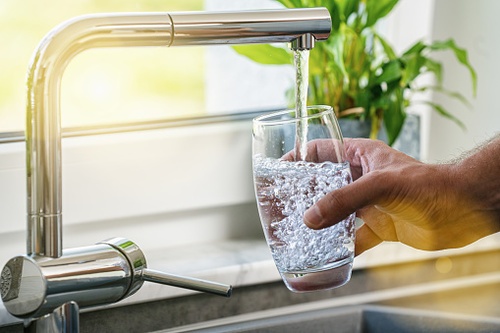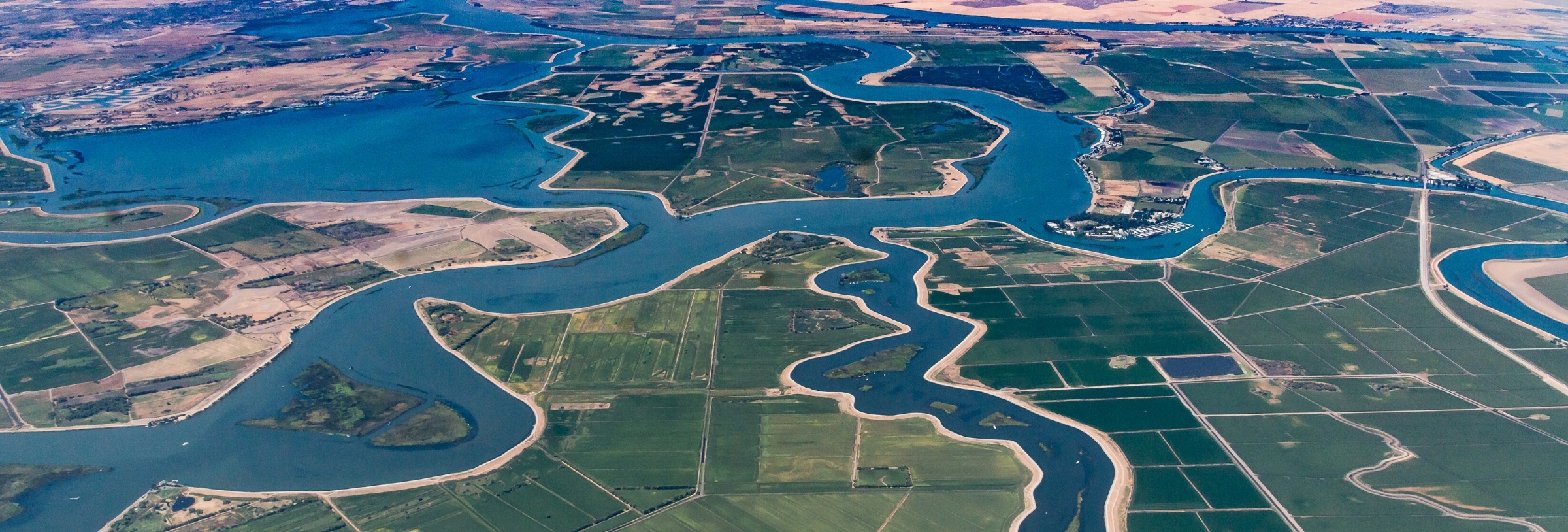
If there is one truism in California water, it is that there is not enough of it. In part to try to help address that issue, on December 19, 2023, the California State Water Resources Control Board (State Water Board) adopted the state’s first direct potable reuse (DPR) regulations. As detailed in the State Water Board’s press release, the new regulations represent the “most advanced standards in the nation,” provide a “climate-resilient water source,” and “add millions of gallons of additional drinking water.” However, is the picture quite that rosy?
DPR is a form of water recycling in which wastewater is treated to remove contaminants and impurities. DPR is often compared with and understood in comparison to indirect potable reuse (IPR). With IPR, which has been use in the state since the late 1970s, after the water is treated, it is pumped into some sort of buffer such as an aquifer or a reservoir. Conversely, with DPR, once the water is recycled, it is pumped directly into a water delivery system or directly to customers without being first sent to any sort of buffer.
The path to get to this point consisted both of administrative and legislative action. The State Water Board first passed Resolution 2009-0011, creating the initial Recycled Water Policy. The first legislative step was Senate Bill (SB) 918 from 2010. SB 918 required the Department of Public Health to start investigating the feasibility of developing DPR regulations. The State Water Board next updated the Recycled Water Policy with Resolution 2013-0003, which set a higher goal for the total amount of potable water produced by recycling. Then the legislature passed Assembly Bill 574, which required the State Water Board to adopt DPR regulations by December 31, 2023. This process also included the State Water Board creating a proposed framework evaluating how DPR could work in the state. A final notable step was the State Water Board passing Resolution 2013-0003, which again updated the Recycled Water Policy, further increasing the goal for the total amount of potable water produced by recycling.
In terms of instituting DPR, this is not the first time the issue has been raised in the state. In the 1990s, a district around Los Angeles started investigating the possibility. Opponents waged a public relations battle, developing the phrase ‘toilet-to-tap.’ The phrase successfully swayed public opinion, accentuating the “yuck” factor and defeating DPR for the next 20+ years. However, that criticism was largely an emotional one that is divorced from the facts of the DPR technology. That is especially the case under the new regulations, which, as detailed by an expert panel evaluating the then-draft regulations, are the most advanced in the country. The regulations, if anything, likely require too much treatment rather than too little and produce water that is likely cleaner and safer than a majority of other sources.
The downsides of the DPR regulations are connected with the level of treatment. By requiring such a high level of treatment, the regulations make an already expensive process even more expensive. The cost will limit the number of agencies that attempt DPR, at least in the short term. In the longer term, as the severity and length of droughts increase and there is more competition for existing water supplies, costs of those supplies are likely to increase, which could lead to a larger role for DPR.
The regulations themselves, which will be in Article 10 of Chapter 17 of Division 4 of Title 22 of the California Code of Regulations, are quite extensive, covering 63 pages. The regulations include some general requirements, including permit requirements, but are largely focused on treatment and other requirements aimed at protecting public health.
The regulations still must be reviewed by the Office of Administrative Law and will likely go into effect in mid-2024. While the costs of DPR will limit the number of agencies and projects utilizing DPR, there will undoubtedly be some projects utilizing these new regulations. As California struggles with the impacts of limited water supplies, the new DPR regulations provide a benefit for people and the environment.
- Associate
Alex Van Roekel provides counsel to clients on state and federal water law issues, including compliance with statutory and regulatory requirements, litigation strategy in both state and federal court and public policy within the ...
California Water Views provides timely and insightful updates on the water sector in the state. We relay information on how water legislation and policy from the nation’s capital, Sacramento, and around the U.S. affect California’s water utilities, agencies, practitioners, and consumers. We also write about important events, conferences, legal cases, and other key happenings involving all things water in and around California.
Stay Connected
 RSS Feed
RSS Feed
Categories
- Clean Up of Groundwater & Contaminated Media
- Climate Change
- Coastal Development
- Construction
- COVID-19
- Dam Construction, Operation & Removal
- Desalination
- Environmental Protection Agency
- Events
- Government Administration
- Groundwater Management & SGMA
- Inverse Condemnation & Regulatory Takings
- New Legislation
- Oceans, Marine Life & Maritime Transportation
- Project Construction
- Projects
- Public Agency Regulation
- Recycled Water
- Regulatory Reform & Proposed Rules
- Right to Take
- Valuation
- Water Infrastructure
- Water Litigation
- Water Quality
- Water Rights
- Water Supply
- Water Utility Regulation

